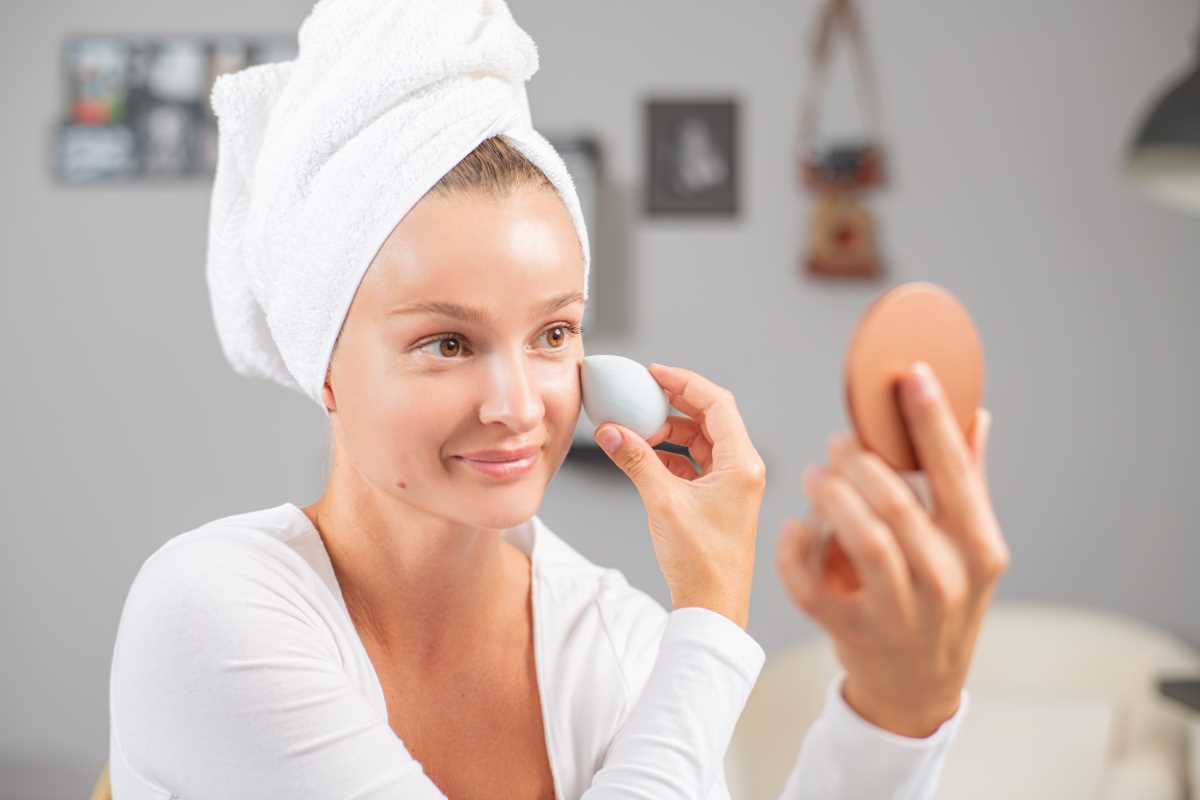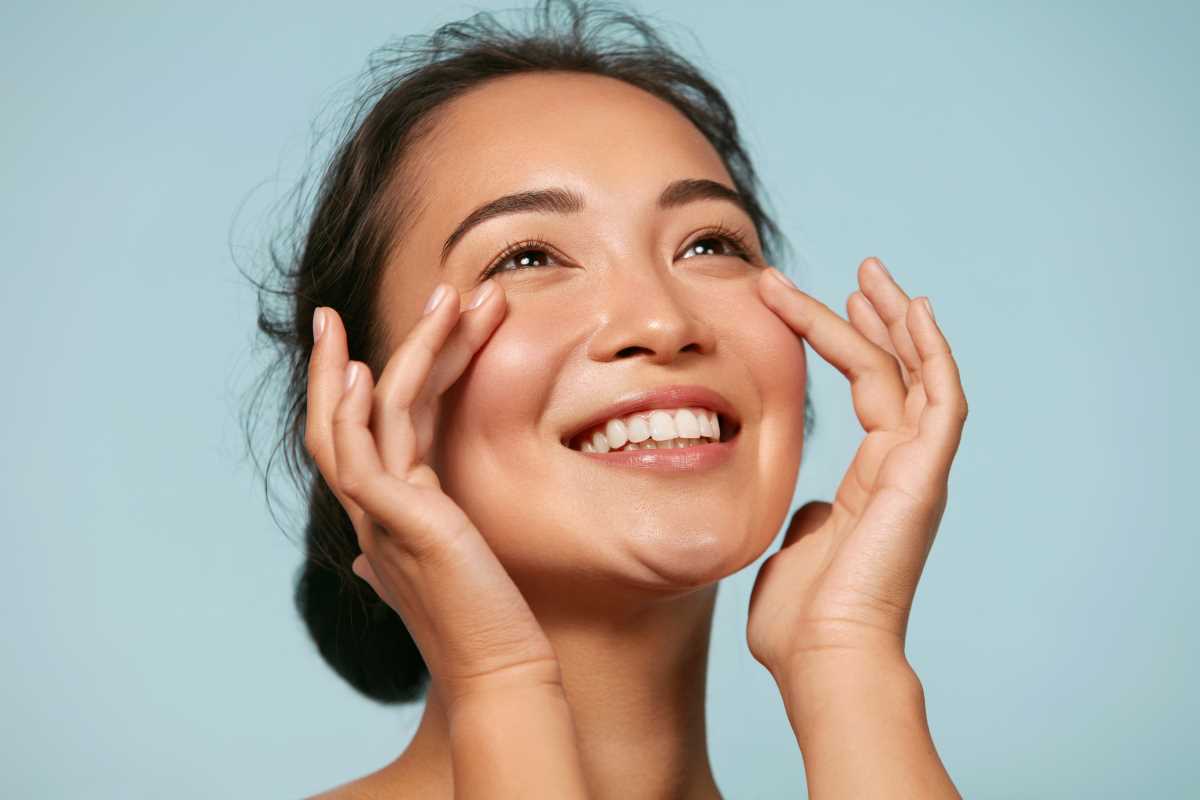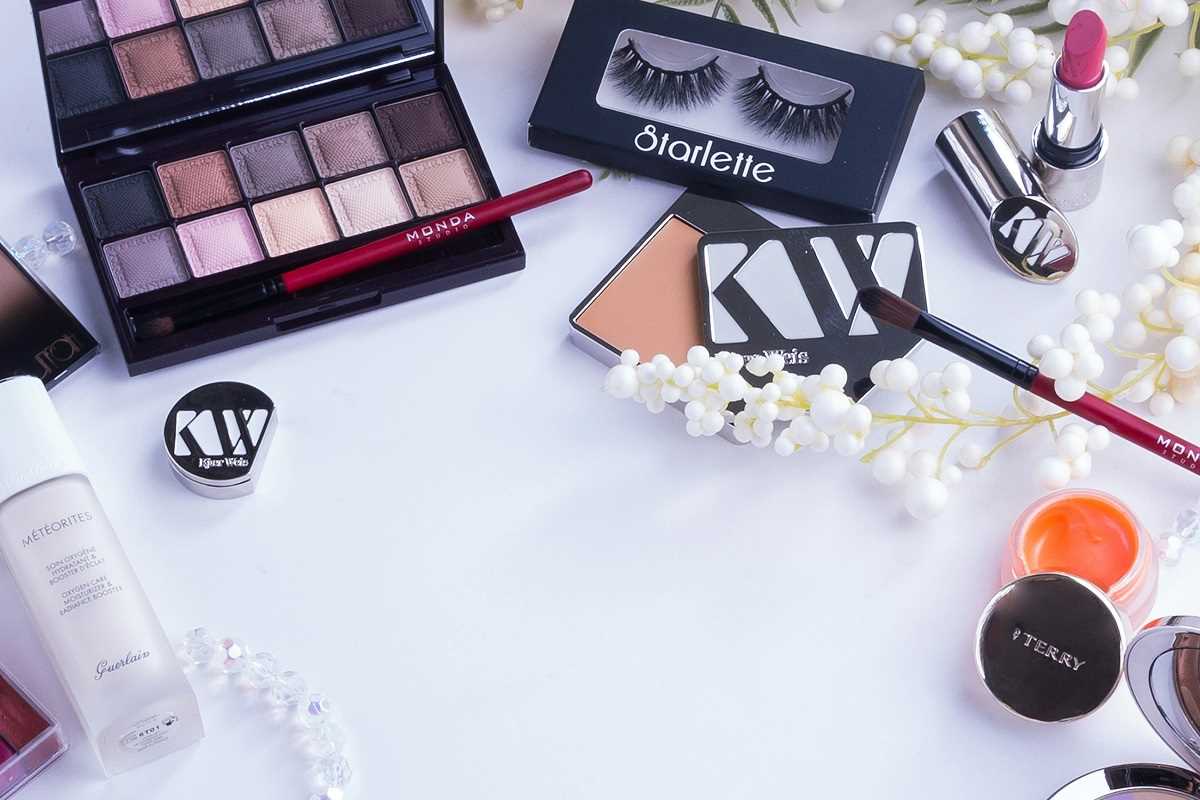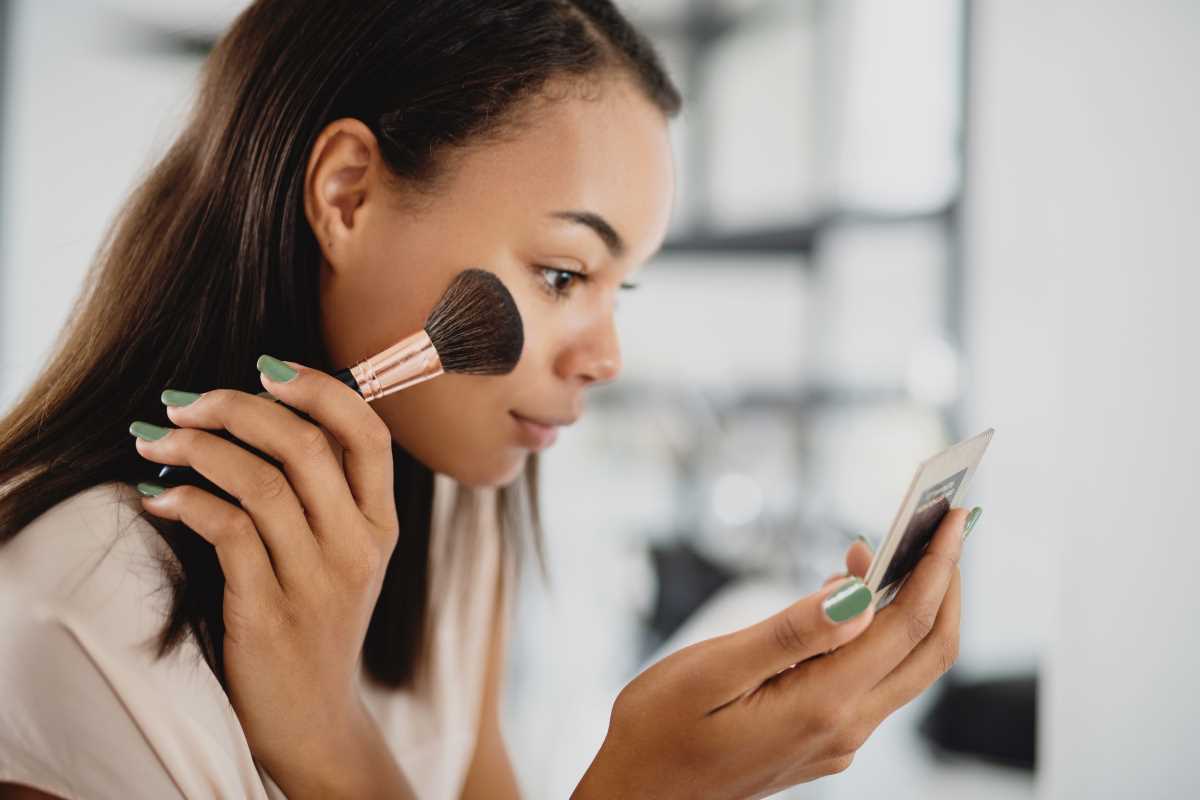Dark spots, or hyperpigmentation, are one of those pesky skin concerns that can pop up unexpectedly and refuse to budge. Whether they result from sun exposure, acne scars, or just the natural aging process, these uneven patches can leave you feeling like your glow is a little duller than you'd like. But don’t worry! With the right strategies and a solid game plan, you can take on dark spots and win, all while keeping your skincare routine seriously on-point.
The good news is that tackling dark spots doesn’t require a PhD in dermatology. All it takes is understanding your skin’s needs, putting in the time, and using the right combination of ingredients and habits. From uncovering what causes hyperpigmentation to mastering the best products and treatments, this guide has all the tips you need to reclaim a flawless, even complexion.
What Causes Dark Spots?
Before jumping into solutions, it helps to understand what’s causing those stubborn dark spots in the first place. When your skin produces too much melanin (the pigment that gives your skin its color), areas of excess pigment can form. This overproduction is often triggered by external or internal factors.
Sun Exposure
One of the biggest culprits behind dark spots is sun damage. Prolonged exposure to UV rays stimulates your melanin production, which can lead to freckles and sunspots. Over time, these spots can become more prominent if you skip sunscreen or don’t protect your skin properly.
Post-Inflammatory Hyperpigmentation
If you’ve had acne or a breakout, you’re likely no stranger to the marks it can leave behind. This type of dark spot, called post-inflammatory hyperpigmentation, happens when your skin overcompensates while healing. It’s especially common in deeper skin tones.
Hormonal Changes
Hormones can also play a huge role in causing dark spots. For example, melasma, often caused by pregnancy, birth control pills, or hormonal shifts, leads to larger patches of discoloration that may develop on the cheeks or forehead.
Aging and Environmental Damage
Dark spots can also appear as part of the natural aging process, often called “age spots” or “liver spots.” Over time, pollution, free radicals, and UV damage take their toll on your skin, causing hyperpigmentation to develop.
Build a Skincare Routine for Dark Spots
Fighting dark spots starts with setting up a skincare routine tailored to your skin’s needs. This means incorporating products that brighten, protect, and exfoliate your skin effectively.
Start With Cleansing
Your cleanser might not directly fade dark spots, but starting with a clean slate is essential for any skincare routine. Choose a gentle cleanser that won’t strip your skin or disrupt your moisture barrier. If your skin is oily or prone to acne, go for a foaming cleanser with salicylic acid or benzoyl peroxide to address breakouts before they leave marks.
Exfoliation Is Key
Exfoliating helps remove dead skin cells on the surface that can make dark spots look duller and more prominent. However, balance is crucial! Over-exfoliating can lead to irritation, which causes more hyperpigmentation, so opt for gentle exfoliators instead.
Chemical exfoliants, like AHAs (alpha hydroxy acids, such as glycolic acid) or BHAs (like salicylic acid), are especially effective for reducing dark spots over time. They encourage cell turnover, revealing fresher, more even skin. Use exfoliating products 2–3 times a week, building up gradually based on how your skin responds.
Brightening Serums
Once your skin is prepped, it’s time for targeted treatments. Brightening serums are the real MVPs when it comes to tackling dark spots. Look out for powerhouse ingredients like vitamin C, niacinamide, and alpha arbutin.
Vitamin C not only fades existing dark spots but also works as an antioxidant that protects your skin from further damage. Serums with niacinamide are great for reducing redness, calming inflammation, and balancing skin tone too. Apply your serum every morning after cleansing.
Never Skip Moisturizer
Hydrated skin is happy skin, and a good moisturizer helps create the ideal environment for your brightening ingredients to work. Look for one that hydrates without clogging your pores. A lightweight gel moisturizer may work best for oily skin, while richer creams can soothe dry or sensitive types. If you struggle with finding the right balance, look for moisturizers labeled as “non-comedogenic.”
SPF Is Non-Negotiable
If there’s one thing every skincare pro agrees on, it’s this: sunscreen is the ultimate anti-dark spot weapon. UV rays are one of the biggest triggers for hyperpigmentation, making daily SPF a must.
Opt for a broad-spectrum sunscreen with SPF 30 or higher, and reapply throughout the day, especially if you’re outside. Physical sunscreens with zinc oxide or titanium dioxide are gentle on sensitive skin, while chemical sunscreens absorb effortlessly without leaving a white cast. Whichever formula you choose, sunscreen is the key to keeping new dark spots from forming and stopping existing ones from getting worse.
Treatments That Make a Difference
If you’re looking for faster results or want to go beyond your regular skincare routine, there are lots of treatment options that target dark spots more aggressively. These treatments should be done carefully and ideally with the guidance of a professional, depending on their intensity.
Chemical Peels
Chemical peels use higher concentrations of exfoliating acids to remove the upper layers of damaged skin, revealing brighter skin underneath. Peels can range from mild (think glycolic or lactic acid used at home) to professional-grade treatments available at dermatologists’ offices.
A series of professional peels can dramatically reduce dark spots and even your skin tone. However, remember that chemical peels often require downtime, and diligent post-treatment sun protection is critical.
Microdermabrasion
Microdermabrasion is a professional treatment that physically exfoliates the skin using a special device. This treatment is effective for reducing uneven texture and color over time, making it a good option for dealing with surface-level dark spots.
Laser Therapy
For stubborn dark spots that don’t respond to other methods, laser therapy is one of the most effective options. Different types of lasers target pigmentation directly, breaking up melanin deposits to lighten dark spots gradually. Laser treatments are best done by a dermatologist and may require multiple sessions for optimal results.
Be Patient and Consistent
While tackling dark spots can feel frustrating, it’s important to manage your expectations. Even the best skincare products and treatments take time to work, so patience is key. Seeing results can take several weeks or even months, depending on factors like your skin type, severity of the pigmentation, and the treatments used.
Consistency also plays a huge role in fading dark spots. A routine that incorporates protective sunscreen, targeted brightening ingredients, and regular exfoliation will always yield better results than sporadic or inconsistent treatments.
Tackling dark spots doesn’t have to be stressful or overwhelming. Armed with the right skincare routine, a few pro-level treatments, and lots of SPF, you’ll be well-equipped to take control of your skin’s tone and texture. Remember, skincare is a long game, but the confidence that comes with glowing, even skin is worth the effort.
 (Image via
(Image via





